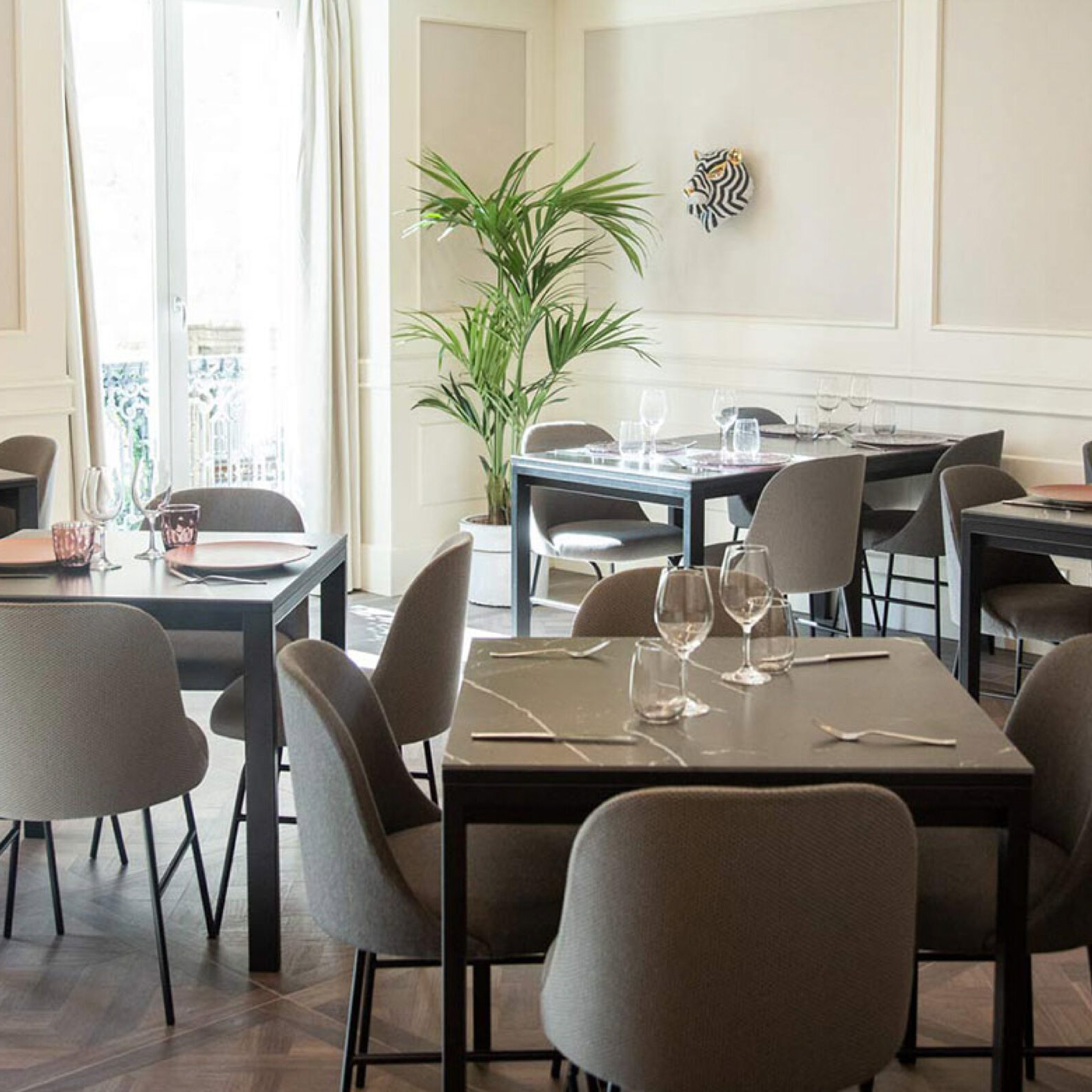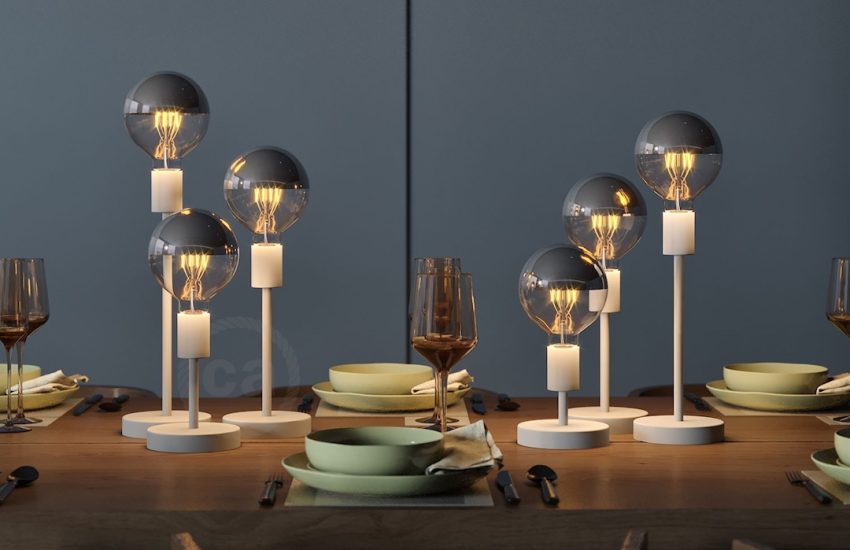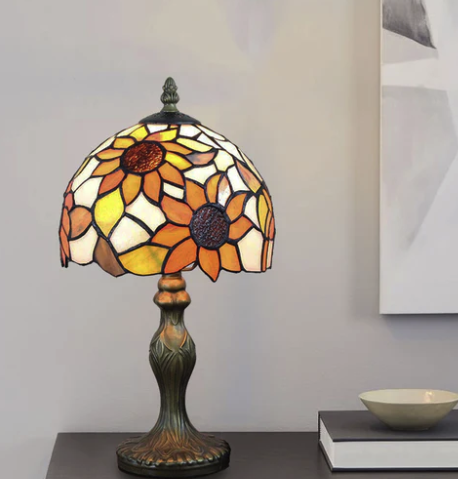
Introduction
Linear light fixtures have become increasingly popular in recent years for several reasons. They provide a modern and streamlined look, they are energy-efficient, and they offer customizable options. If you are considering installing or upgrading your lighting, here is what you need to know about linear light fixtures.
What is a Linear Light Fixture?
A linear light fixture is a type of lighting that consists of a long, narrow housing that holds one or more light bulbs or LED arrays. It can be suspended from the ceiling or mounted to a wall, and it is typically used to provide even illumination along a specific surface, such as a countertop, a hallway, or a workspace. Linear light fixtures come in a variety of shapes and sizes, ranging from straight to curved, and can be customized to fit any space.
Types of Linear Light Fixtures
There are two main types of linear light fixtures: recessed and surface-mounted. Recessed linear fixtures are installed into the ceiling or wall, so that the housing is hidden and only the illumination is visible. This type of fixture provides a clean and seamless look, and is often used in modern and minimalist designs. Surface-mounted linear fixtures are mounted onto the ceiling or wall, and the housing and illumination are both visible. This type of fixture is often used in commercial spaces, as it is easy to install and maintain.
LED Linear Light Fixtures
LED linear light fixtures are becoming increasingly popular due to their energy efficiency, longevity, and low heat output. LED lights use less energy than traditional incandescent or fluorescent bulbs, and they last much longer, reducing the need for frequent replacements. LED linear fixtures also emit very little heat, which can be important in small or enclosed spaces.
Customization Options
One of the main advantages of linear light fixtures is their versatility and customizability. They come in a variety of shapes, sizes, and colors, allowing you to choose the perfect fixture for your space. Some fixtures can be customized in terms of light color (warm white, cool white, or daylight), dimming options, and control systems. You can also choose between direct lighting (light shining directly down on a surface) and indirect lighting (light cast upwards or downwards to bounce off surfaces).

